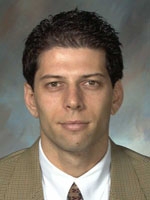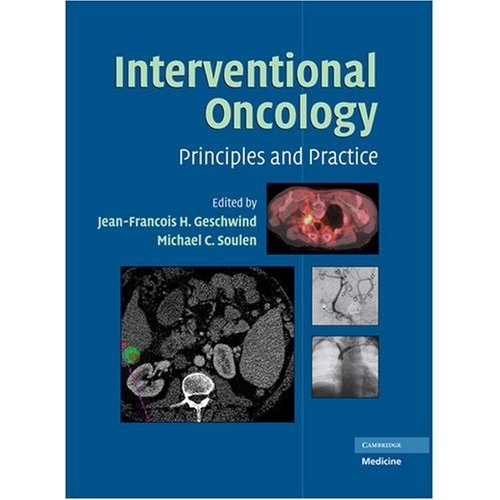The goal of WCIO is to establish Interventional Oncology as the 4th house of cancer care. In essence, we are creating a new specialty of medicine. Routine integration of image-guided therapy into cancer treatment guidelines will require many things: proof of benefit, education of other oncologic specialists, patient awareness, and provision of high-quality clinical care by IO’s.
One of WCIO’s corporate partners has done extensive market research into the barriers to utilization of their product, an FDA-approved device for treatment of colorectal liver metastases. They estimate that only 5% of patients who could potentially benefit are offered it. Their research identifies two major barriers: lack of awareness among medical oncologists, who are the gatekeepers for these patients, and lack of competent clinical interventional oncologists to whom to refer patients! Specifically, the majority of medical oncologists said that no interventional oncologist participated in their tumor board, and that they did not know anyone who offered image-guided cancer therapy.
I practice in Philadelphia, a city with five university health systems, about 50 metropolitan area hospitals, and a long legacy of IR training. Skilled practitioners of interventional oncology abound. If you cross the Delaware River, it is 60 miles to the Atlantic Ocean through southern New Jersey, an area with a population of 2.4 million and the 6th highest incidence of cancer among the 50 states. (#1 -- Maine! -- who would have guessed?) Yet not a single South Jersey hospital has a Y-90 program.
IO clinical trials, physician and patient education will be for nought if no one is there to answer when the phone rings. There is a huge and growing market for image-guided cancer therapy, which requires rapid expansion of the pool of interventional oncologists who are ready to take a seat at the table during tumor board.
For eight years the WCIO Annual Scientific Meeting has educated thousands of practitioners through state of the art sessions, mock tumor boards, workshops and how-to sessions, but this is not enough. Through IO Central, we hope to expand education year-‘round to a global audience. More importantly, we need to feed the pipeline with eager trainees honed in a curriculum tailored to IO. At the 2012 Annual Meeting, we introduced targeted programs for Fellows, residents and medical students. With generous industry support, 80 Fellows and more than 140 students and residents attended WCIO 2012. Riad Salem, Bill Rilling, and Bobby Lewandowski put together a fabulous program including an evening symposia focussing on starting an IO practice and a private tour of the exhibit hall.




All Fellows received autographed copies of Geschwind & Soulen’s textbook Interventional Oncology.Scores of questions during and after the meeting testify to the excitement and engagement of these future practitioners. I’ll share more specific responses in subsequent columns.
Bringing trainees to WCIO is a great way to build excitement and awareness of IO. But where will they get the training they need to function as clinical interventional oncologist? Most IR fellowships still perpetuate in the 20th-century hospital-service model of practice. Even those with modern clinical practice models have insufficient time to educate trainees in the full spectrum of cancer care. The WCIO leadership recognizes the need for dedicated training in IO and is forming a task force to create anIO training scheme. We welcome input from the IO Central community. Tell us your ideas for the ideal IO training program, and how it could be implemented in your country.